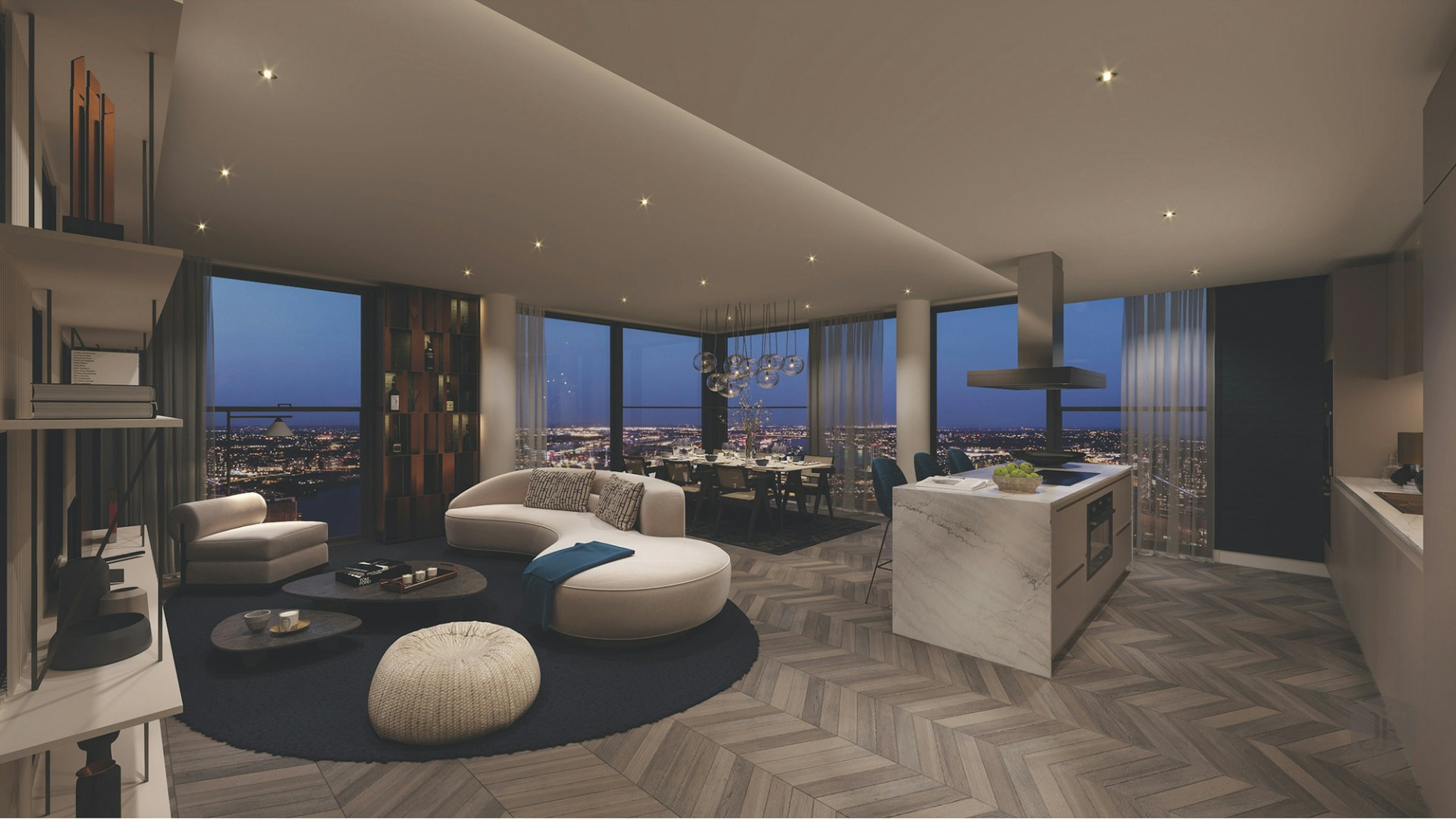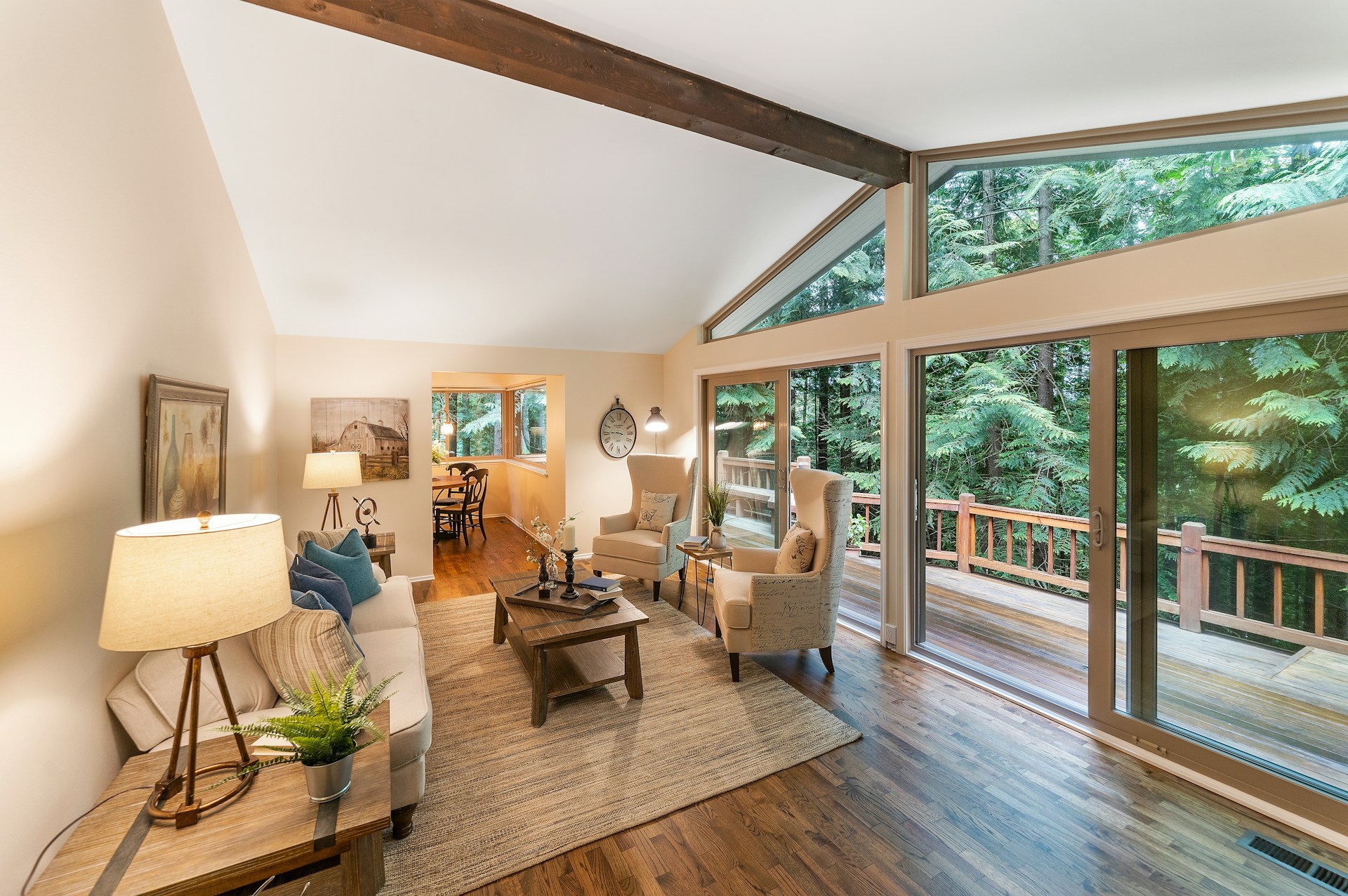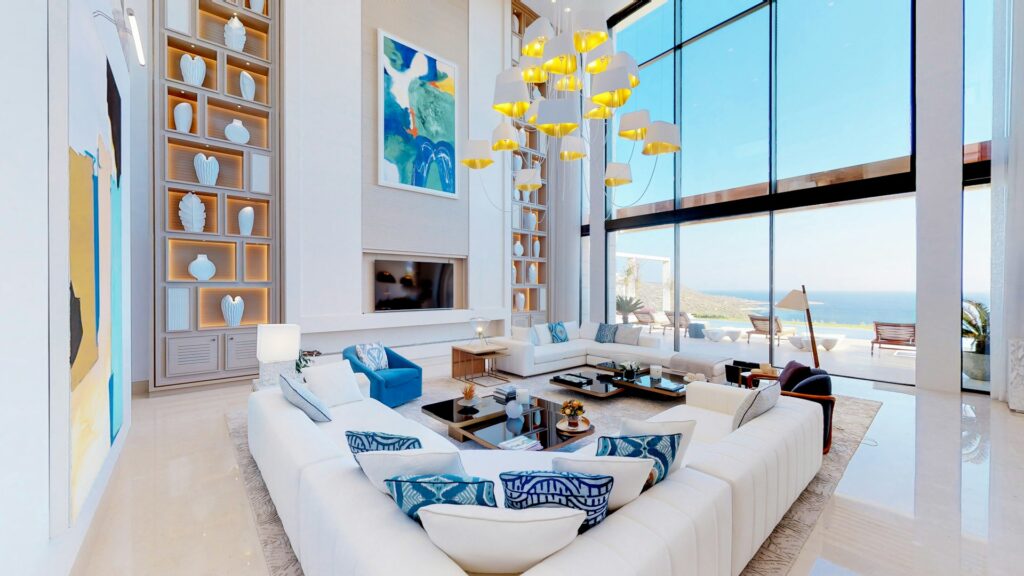As the gateway between the outdoors and your home’s pristine interior, the mudroom plays an essential role in maintaining order and cleanliness. Often overlooked, this space can be transformed into a functional yet stylish entryway that makes a lasting impression. Designing an organized and attractive mudroom is not only about aesthetics. It’s about creating a practical area that meets your daily needs.
The Essentials of a Mudroom
The foundation of any great mudroom design lies in understanding its purpose: to serve as a transition area where you can shed the outside world before entering your home. This space should accommodate everything from muddy boots to wet umbrellas while keeping clutter at bay.
Storage Solutions: Efficient storage is the heart of an organized mudroom. Think about what items you’ll need to store and how often you’ll need to access them. Customized storage solutions such as built-in cabinets, cubbies, and shelves can keep everything in its place. Use open shelving for frequently used items like shoes and hooks for coats and bags. For a touch of elegance, consider adding wicker baskets or decorative bins to conceal less attractive necessities.
Seating Options: It isn’t essential, but a seating area can be greatly beneficial in a mudroom as it provides you with a spot to sit while you remove your shoes and gear. A built-in bench with storage underneath is a smart choice as it combines functionality with style. Upholstered cushions in durable, easy-to-clean fabrics can add comfort and a splash of color to the space. For a modern twist, you could even consider a sleek and minimalist bench made of reclaimed wood or metal.
Durable Flooring: Mudrooms are busy areas, enduring a lot of wear and tear. It’s crucial to choose the right flooring that’s both easy to clean and durable. Tile, stone or luxury vinyl flooring are excellent options that resist water, mud and dirt. For added style, you could choose patterned tiles or a mosaic design that adds visual interest to your floor.

Adequate Lighting: Good lighting is essential in a mudroom, especially if it’s used early in the morning or late at night. Ideally, you want as much natural light as possible, so it’s a good idea to incorporate windows or a glass door. For artificial lighting, consider installing overhead fixtures along with task lighting such as wall scones. A well-lit space not only looks more inviting but also makes it easier to find items quickly.
Adding Style to Your Mudroom
While functionality is key, adding stylish touches can make your mudroom a welcoming and pleasant space.
Color Scheme: Choose a color scheme that complements the rest of your home’s décor. Neutral tones like beige, grey, and white can create a clean, timeless look. For a bolder statement, though, consider deeper hues like navy blue, forest green, or even a rich burgundy. Alternatively, adding wallpaper or an accent wall with a fun pattern can inject personality into your entryway.
Personal Touches: Incorporate elements that reflect your personal style. This could be artwork, family photos, or a collection of travel souvenirs. A stylish rug can add warmth and texture, while decorative hooks and hardware can be functional and aesthetic features.
Greenery and Nature: Bringing some nature inside can make your mudroom feel fresh and vibrant. Potted plant and succulents are a wonderful way to brighten up the space; they also improve the air quality!

Seasonal Décor: Embrace the changing seasons by updating your mudroom’s décor periodically. In the winter and autumn, consider cozy touches like a wool rug, plaid cushions, and wreaths. For spring and summer, switch to lighter fabrics, bright colors, and floral arrangements. Seasonal decorations can make the mudroom feel like an extension of your home’s living space.
Practical Tips for Maintenance
Keeping your mudroom organized requires a bit of effort, but there are some simple strategies for you to use. Ensuring it remains functional and stylish.
Regular Decluttering: Make it a habit to declutter your mudroom regularly. Remove items that are no longer needed or belong elsewhere in the house. This keeps the space tidy and ensures that only essential items are stored there.
Cleaning Routine: Since the mudroom is a barrier between the outdoors and indoors, it’s important to clean it frequently. Sweep or vacuum your floor, wipe down surfaces, and launder any fabrics. This helps to prevent dirt and grime from spreading throughout the house.
Seasonal Switch-Out: Rotate items based on the season. Store away winter coats and boots during the summer months, bringing them out again when the weather turns cold. This keeps your mudroom from becoming overcrowded and ensures you have easy access to what you need.
